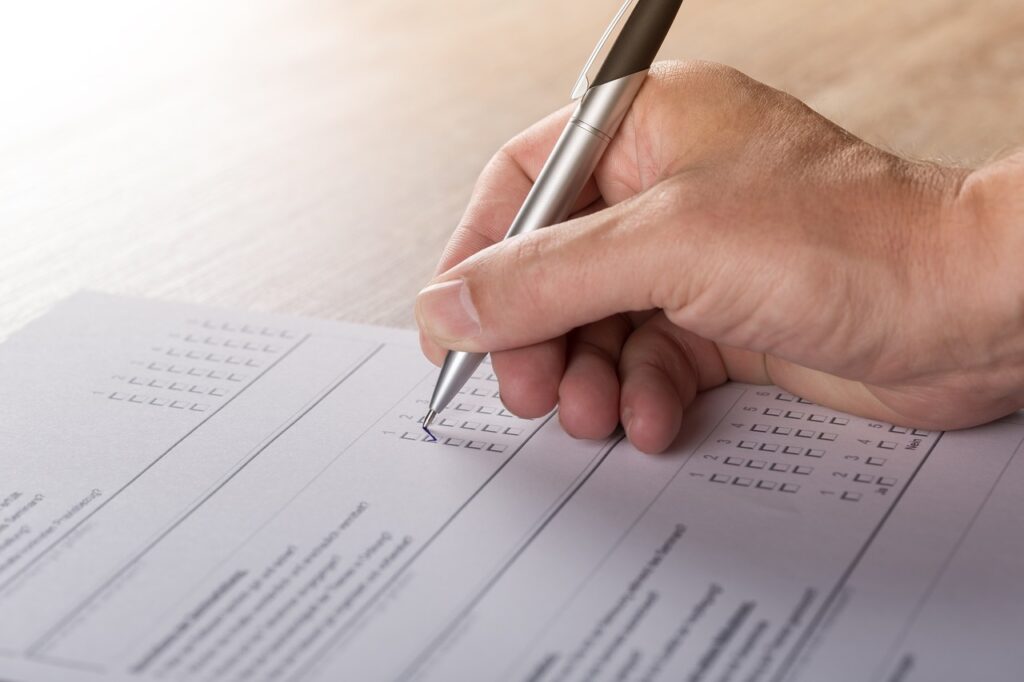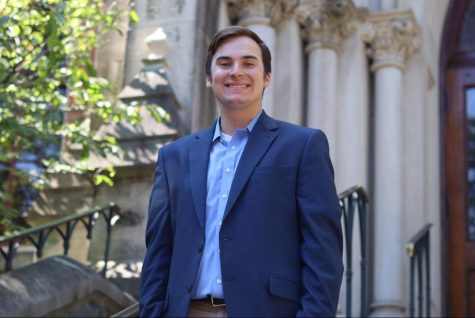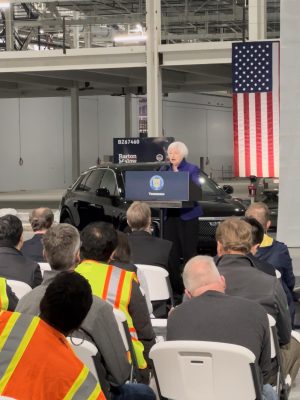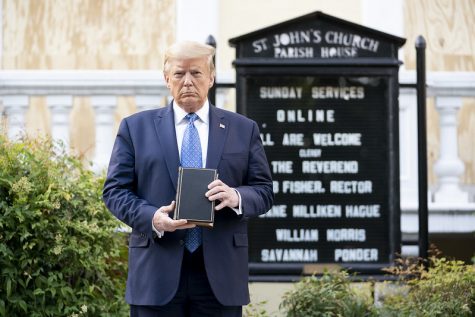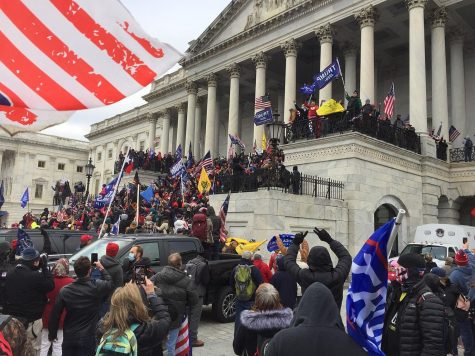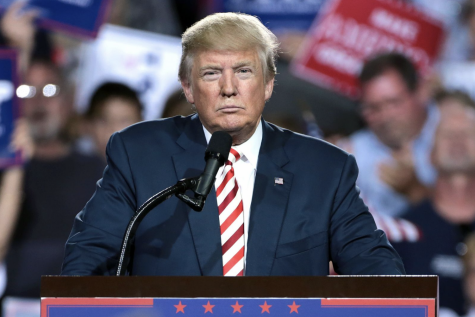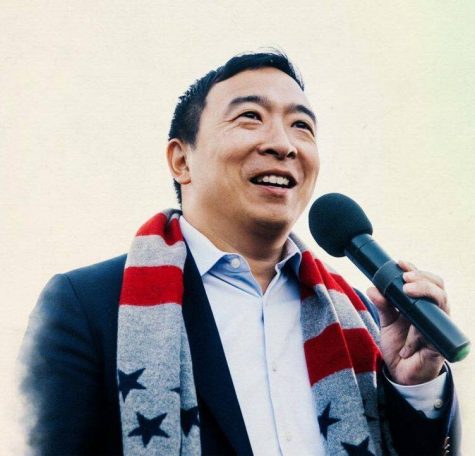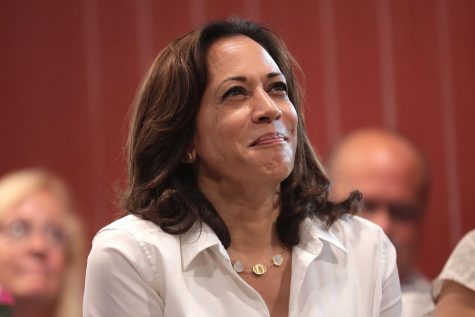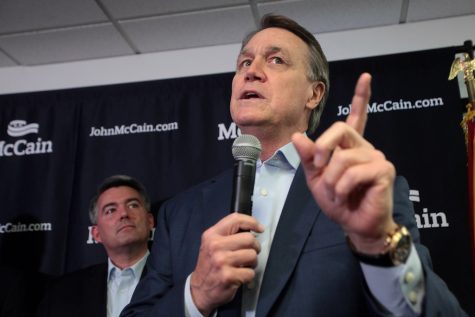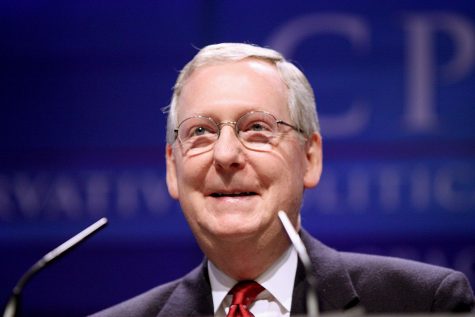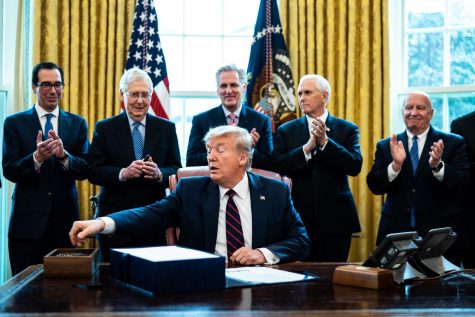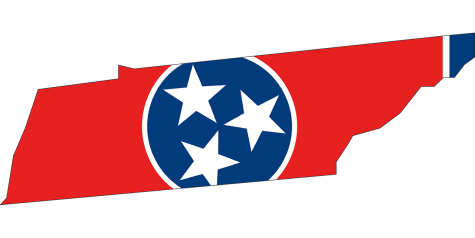Ranked-Choice Voting: American Voting System of the Future?
October 23, 2019
When Americans prefer to write-in candidates such as Neil deGrasse Tyson, Ken Bone, and Mickey Mouse on their ballots, their message is clear: United States elections are far from perfect. To potentially resolve some of these issues, areas across the country are proposing an election reform plan of ranked-choice voting.
In such a system, voters can rank as many candidates as they desire, in order of preference. The first round of tabulation counts only the first choice on each ballot; if a single person receives over 50 percent of those votes, that candidate is declared the winner. If no majority is reached, the candidate who received the fewest first-choice votes is removed from the race, and the ballots originally cast for them are redistributed to those voters’ second-choice candidates. This process repeats until one candidate achieves a majority.
Cities across the United States, including Minneapolis, Santa Fe, and Portland, already use this system to elect local government leaders. At least three states will use ranked-choice voting for their upcoming Democratic primary elections. Maine voters will also rank their preferred candidates in the 2020 presidential election.
However, some leaders have been reluctant to consider this change. In May, the Nashville Metro Council voted on a measure to put future ranked choice voting on the August general election ballot. The measure failed, receiving 23 of the necessary 27 votes, so Nashville residents could not vote on the system in August.
Just this month, first-year San Francisco Governor Gavin Newson recently vetoed a bill that would have expanded the use of ranked-choice voting to more areas in California. Additionally, Maine Governor Janet Mills declined to sign her state’s ranked-choice voting bill, preventing it from taking effect in time for the March presidential primaries.
Those opposing this policy cite various issues with election efficiency in existing ranked-choice voting areas. Governor Mills discussed concerns over logistics, expenses, and a lack of funding in a written release about her decision. Elections under this system can be extremely long and costly, such as San Francisco’s District 10 race in 2010, which required 20 rounds of runoffs to reach a majority.
In his veto message, Governor Newson claimed that where implemented, ranked-choice voting “has often led to voter confusion” and that its promise of “greater democracy is not necessarily fulfilled.” An examination of four recent races utilizing ranked-choice voting found that the policy “need not, and frequently does not, produce a winner who wins the majority—rather than a plurality—of all votes cast.”
In San Francisco’s District 10 election, the eventual winner Malia Cohen only received 4,321 of the 18,503 total votes; after 19 candidates were eliminated, over 70 percent of voters either preferred the alternate candidate or left the winner unranked. This problem is not unique to a single election, but a product of the nature of ranked-choice voting. As a result, many cities have repealed their ranked-choice voting laws, including Burlington, Vermont; Aspen, Colorado; Cary, North Carolina; and Pierce County, Washington.
Proponents of ranked-choice voting argue that the system solves a number of problems in the current election system. One such issue is low voting rates, as an analysis of 79 elections using ranked-choice voting found it to be associated with a 10 percent increase in voter turnout. Moreover, negative campaigning often drives people away from voting and politics in general, but supporters of ranked-choice voting believe it will cause a reduction in such tactics.
Advocates also claim that ranked-choice voting would eliminate the “spoiler effect,” allowing more moderate candidates to run for office. In the current system, third-party candidates can siphon off votes from the major-party candidates, which has the potential to sway entire elections. By allowing people to give first-choice votes to minor parties and later-choice votes to major parties, supporters claim that this system allows true, complete preferences to be shown on ballots.
As voters look for solutions to the American voting system, ranked-choice voting continues to appeal to many. With this trend, elected officials continue to weigh the perceived benefits and costs of such a system, including the potential effects on their own election.

